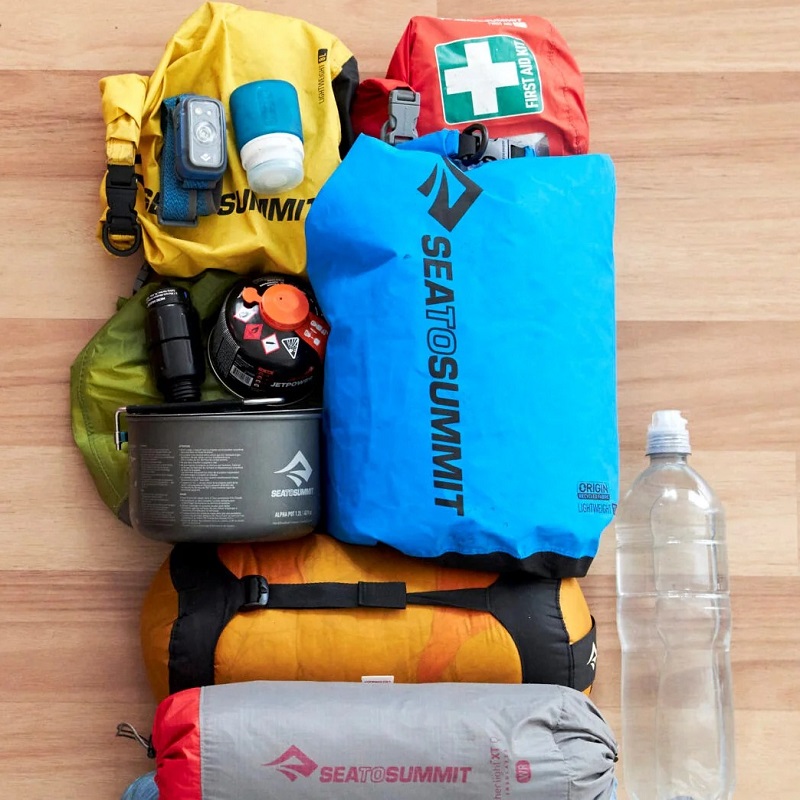Introduction
Every experienced hiker knows that the key to a successful adventure often starts before you even hit the trails. One of the critical components that can make or break your hiking experience is knowing how to pack a hiking backpack efficiently. A well-organized backpack not only provides easy access to your essentials but also helps to distribute weight evenly, reducing strain on your back and shoulders.
When packing your hiking backpack, it’s essential to consider both the gear you will need and the best practices to ensure comfort and safety during your hike. With the right approach to packing, you can focus more on enjoying the scenery and less on the discomfort of carrying an awkwardly packed bag. This guide will walk you through the foundational tips and strategies to pack your hiking backpack effectively for any hiking excursion, making your outdoor adventures more enjoyable and hassle-free.
Choosing the Right Hiking Backpack
Understanding Different Types of Backpacks
Before diving into how to pack a hiking backpack, it’s crucial to select the right type of backpack for your needs. There are several styles of hiking backpacks to choose from:
Daypacks: Ideal for short hikes, these backpacks typically range from 15 to 30 liters in capacity. They provide enough space for essentials such as water bottles, snacks, and a first-aid kit.
Weekend Packs: For overnight trips, weekend packs are perfect, generally holding between 30 to 50 liters. They accommodate additional items like a sleeping bag and cooking gear.
Multi-Day Packs: These larger backpacks, often 50 liters and up, are designed for extended hiking trips. They offer ample room for all necessary gear, including tents and extra food supplies.
Features to Look For
When selecting a hiking backpack, consider the following features:
Comfort: Look for padded shoulder straps and a hip belt that distributes weight evenly to reduce pressure on your back.
Adjustability: A customizable fit ensures that the backpack sits correctly, allowing for better stability while hiking.
Pockets and Compartments: Multiple pockets help keep your gear organized and accessible. Front pockets, side mesh pockets, and internal compartments can significantly enhance packing efficiency.
Selecting the Right Size
It’s vital to choose a backpack that fits your torso length and general body size. A backpack that is too large can be cumbersome, while one that is too small might not fit all your gear comfortably. Before purchasing, try on various sizes to find the best fit for your body type. Make sure to adjust all straps for a proper fit.

Packing Essentials: What to Bring on Your Hike
Basic Gear Checklist
An essential part of learning how to pack a hiking backpack is knowing what to include. Below is a basic checklist of items that are crucial for most hiking trips:
Navigation Tools: A map, compass, or GPS device to help guide your way.
Hydration: A water bottle or hydration reservoir to keep you hydrated.
Clothing: Dress in layers, including moisture-wicking fabric and weather-appropriate outer layers.
Food: Snacks such as trail mix, energy bars, or other lightweight, non-perishable food items.
Safety Equipment: A first-aid kit, multi-tool, flashlight, or headlamp to ensure safety during hikes, particularly if you plan to hike during low-light conditions.
Specialized Gear
Depending on the difficulty and length of your hike, you may also need specialized gear, such as:
Camping Equipment: A lightweight tent or tarp, sleeping bag, and pad for overnight hiking.
Cooking Gear: If camping, a portable stove, cooking pots, and utensils become essentials.
Emergency Equipment: Consider including a whistle, firestarter, and even a bear spray if hiking in wildlife areas.
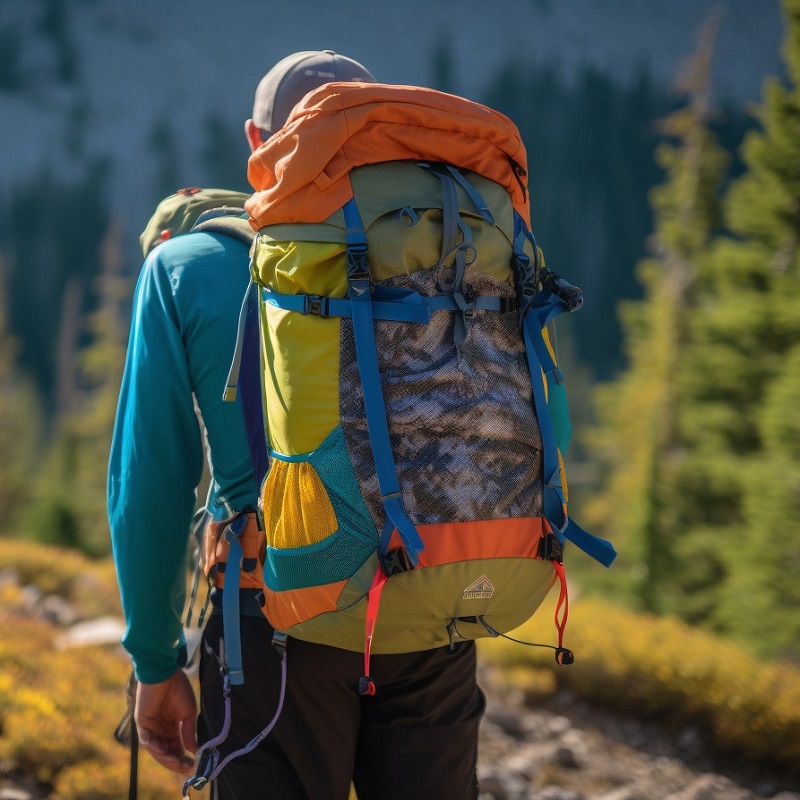
Packing Strategies for Efficiency
Organizing Your Gear
Once you have all your gear ready, the next step is to organize it efficiently within your backpack. Here are essential tips on how to pack a hiking backpack effectively:
Use the “Heaviest on the Bottom” Rule: Place heavier items, such as a tent or larger gear, towards the bottom of the backpack. This will help maintain a lower center of gravity and improve stability.
Fill Up Your Pack: Use every available nook and cranny. Roll clothes to utilize space efficiently, and consider using stuff sacks for organization. Stuff sacks can help separate items like clothes, toiletries, and food, making them easier to find during your hike.
Accessibility: Keep frequently used items, such as snacks, a map, or a water bottle, in side pockets or in compartments that are easily reachable so you won’t need to dig deep into your pack mid-hike. This helps you grab what you need without disturbing the entire setup.
Weight Distribution
Understanding how to distribute weight in your hiking backpack is crucial for comfort:
Center of Gravity: Keep heavier items close to your back and centered to prevent shifting that can lead to discomfort during your hike.
Adjusting Load Lifters: Most backpacks have load lifters, which are straps near the top that can be tightened to bring the pack closer to your body. Tightening these straps correctly can help improve overall balance and comfort on your hike.
Securing Your Gear
Make sure to secure every item within your pack:
Straps and Buckles: Use internal straps to hold your sleeping bag or tent securely.
Compression Straps: These can help minimize the bulk of your pack once it’s filled, making it easier to carry. This is especially helpful on steeper hikes or when maneuvering through narrow passes.
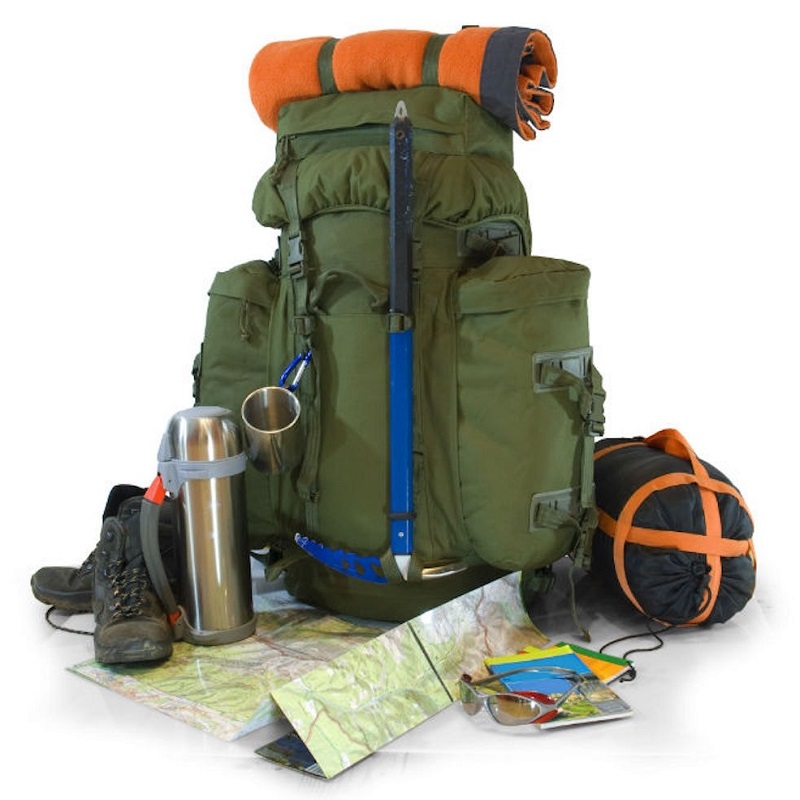
Packing for Different Seasons
Summer Packing Considerations
In hot weather, you may want to pack lighter and focus on hydration:
Essentials: Bring extra water containers and lightweight, moisture-wicking clothing to keep cool and dry.
Sun Protection: Don’t forget sunscreen, sunglasses, and hats to protect against harmful UV rays. A lightweight, long-sleeve shirt can also offer sun protection while keeping you cooler than wearing just a t-shirt.
Lightweight Gear: Consider leaving bulky items behind in favor of more breathable, lighter alternatives. Packing lighter gear not only eases the load but also enhances your overall hiking experience, allowing for greater mobility.
Fall and Spring Packing
During the shoulder seasons, be prepared for variable weather:
Layer Up: Prepare for temperature swings by packing a mid-layer fleece or additional rain gear. Remember, layering is key to adapting to changing conditions without sacrificing comfort.
Versatile Gear: Bring transitional clothing that can be adapted throughout your hike when the weather changes.
Winter Hiking
Hiking during winter months demands a different approach:
Warmth: Pack extra warm layers, including thermal underwear and jackets. High-quality insulation is crucial to keeping your comfort at its peak.
Winter Gear: Include snowshoes or traction devices if you expect icy conditions. Always be prepared for sudden weather changes by packing extra gear like gloves and winter hats.
Emergency Preparedness: Winter hiking can be unpredictable. Make sure to carry a reliable headlamp, extra batteries, and a survival kit in case of emergencies.
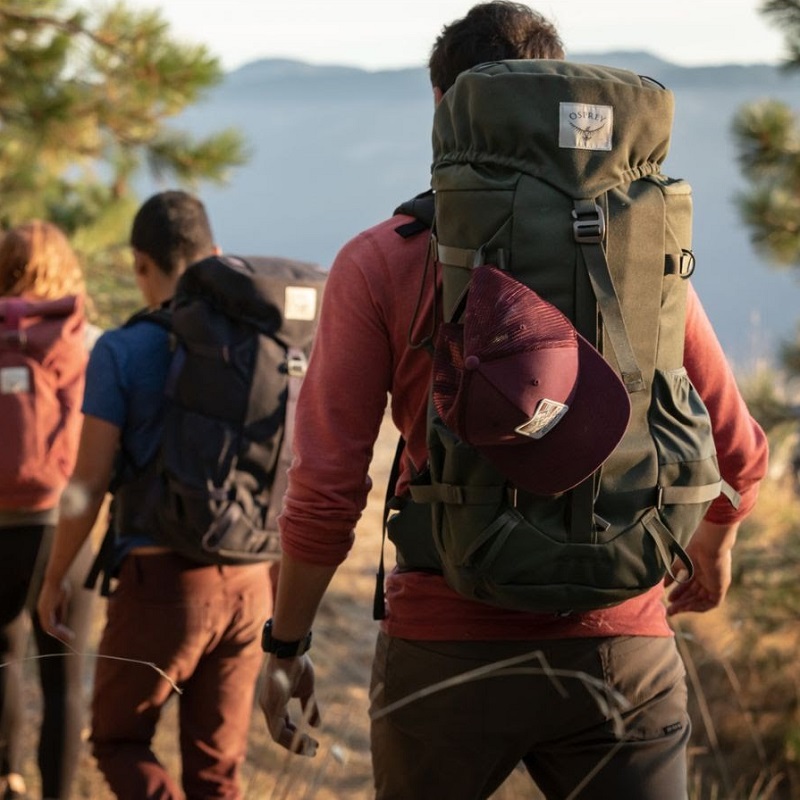
Common Mistakes to Avoid While Packing
Over-Packing Your Backpack
One of the most common mistakes is overpacking.
Leave Non-Essentials: Assess your gear and leave behind anything that isn’t absolutely necessary. Remember, each ounce counts, especially on longer hikes.
Ignoring the Weather Forecast
Always check the weather forecast before setting out on your hike. Not doing so can lead to unexpected challenges.
Adjust Your Packing Accordingly: If rain is predicted, ensure you pack a waterproof jacket or a pack cover. For hot days, prioritize breathable fabrics and hydration solutions.
Not Testing the Pack Load Before the Hike
Before heading out, it’s beneficial to walk around for a bit with your fully packed backpack.
Test Fit and Comfort: This allows you to identify any discomfort early on and adjust the load or packing as necessary. Make on-the-spot adjustments for straps and placement can prevent injury while hiking.
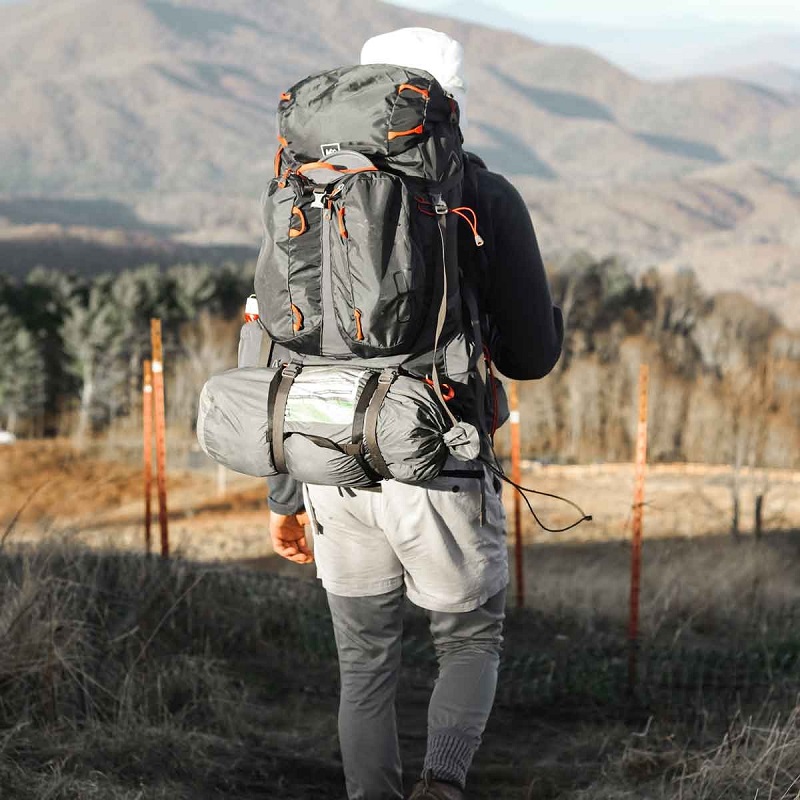
Mastering the Art of Packing Your Hiking Backpack
In summary, understanding how to pack a hiking backpack is essential for every hiker aiming for a successful outing. Through proper organization, weighing options for comfort, and selecting fitting gear according to the season, you can enhance your hiking experience significantly. Equally important is choosing the right backpack that meets your specific needs.
With the strategies laid out in this guide, you will not only be prepared for your next hike but also enjoy the peace of mind that comes from being well-equipped. Efficient packing ultimately leads to a more enjoyable trekking experience, allowing you to immerse yourself in the beauty of nature without the burden of an unorganized or cumbersome backpack.
As you prepare for your next adventure, keep these packing tips in mind, and you’ll find that the right preparation makes all the difference, leaving you free to explore, enjoy, and embrace the great outdoors. Remember, a well-packed backpack is not just about organization; it’s about enhancing every aspect of your hiking journey.
